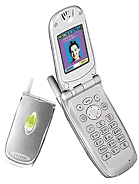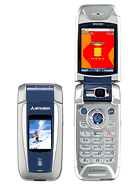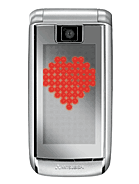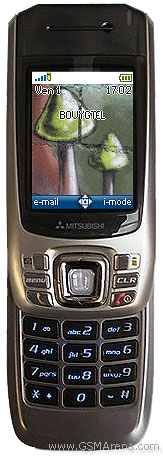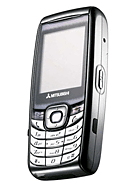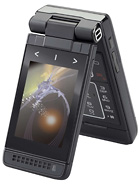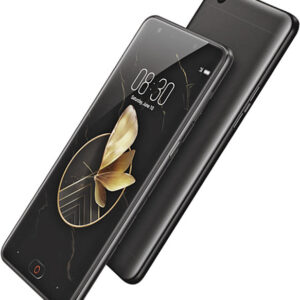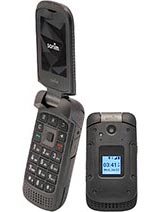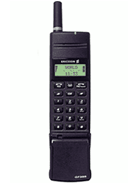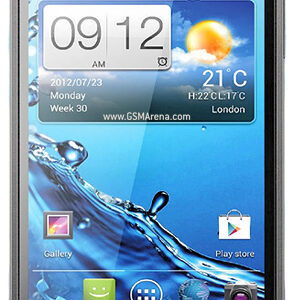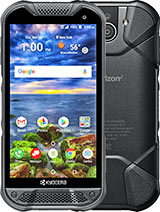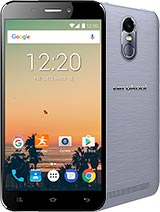Mitsubishi Trium Sirius Overview
Release Date: The Mitsubishi Trium Sirius was announced in mid-2001.
Network: It operates on GSM technology with 2G bands GSM 900 and 1800. The phone supports GPRS Class 2 but does not support EDGE.
Design and Body: The Trium Sirius has dimensions of 104 x 53 x 22 mm and weighs 75 g. It uses a Mini-SIM card.
Display: Featuring a monochrome graphic display, the Trium Sirius offers a resolution of 5 x 13 to 25 characters. It includes a picture menu and softkey functionality.
Memory: The phone does not support external memory cards. It offers a phonebook with space for 250 contacts, each with 5 fields. The call records can store 10 dialed, 10 received, and 10 missed calls. It also supports 20 voice dial slots and a 20-second voice memo. Detailed call duration reports are also available.
Camera: There is no camera included with the Mitsubishi Trium Sirius.
Sound: Equipped with a loudspeaker, the Trium Sirius supports vibration and monophonic ringtones. It also includes an ascending ringtone.
Communications: The Trium Sirius does not support WLAN or Bluetooth but includes an infrared port. It supports basic SMS messaging and a WAP 1.1 browser.
Features: It includes a clock, alarm, and supports 8 languages. Additionally, it offers voice dialing, voice memo, business card exchange via IrDA, predictive text input, organizer functions, scratchpad, and an active flip.
Battery: Powered by a removable NiMH battery, the Trium Sirius provides up to 120 hours of standby time and up to 3 hours of talk time.
Frequently Asked Questions (FAQs)
Q: When was the Mitsubishi Trium Sirius announced?
A: The Mitsubishi Trium Sirius was announced in mid-2001.
Q: What are the dimensions and weight of the Trium Sirius?
A: It measures 104 x 53 x 22 mm and weighs 75 g.
Q: Does the Mitsubishi Trium Sirius have a camera?
A: No, it does not have a camera.
Q: Can I expand the storage on the Trium Sirius with a memory card?
A: No, the Trium Sirius does not support external memory cards.
Q: What is the standby time of the Trium Sirius?
A: The standby time is up to 120 hours.
Q: Does the Trium Sirius support Bluetooth or Wi-Fi?
A: No, it does not support Bluetooth or Wi-Fi.
Q: What unique features does the Mitsubishi Trium Sirius offer?
A: It offers voice dialing, voice memo, business card exchange via IrDA, an active flip, and detailed call duration reports.

